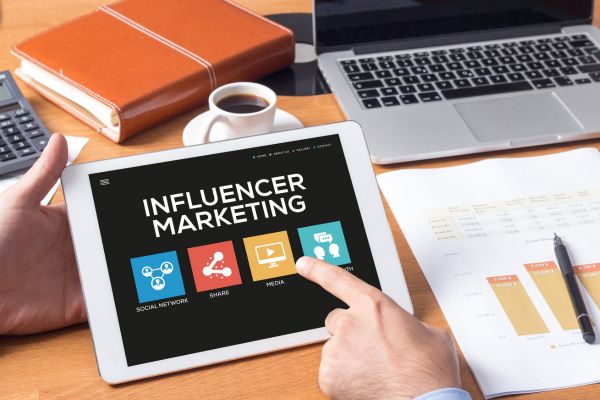In today’s competitive digital environment, influencer marketing has emerged as a powerful tool for businesses to connect with their target audience. But how do you decide if it’s the right fit for your business, and how can you effectively budget for it? This guide unpacks the essentials of influencer marketing campaigns, helping business owners understand costs, strategies, and implementation steps.
1. What Is Influencer Marketing and Why Does It Matter?
Influencer marketing involves partnering with individuals who have a dedicated and engaged audience. These influencers can amplify your brand message through authentic endorsements, leveraging their credibility to drive sales and brand awareness.
Benefits of Influencer Marketing
- Targeted Reach: Connect with niche audiences that resonate with your product.
- Improved Trust: Influencers establish credibility, making their recommendations more impactful.
- Higher ROI: Studies show businesses earn $5.20 for every $1 spent on influencer marketing.
2. Understanding Influencer Marketing Costs
The cost of an influencer campaign can vary significantly based on several factors. Knowing these variables helps businesses make informed decisions when allocating their budgets.
Key Factors That Influence Costs
- Follower Count: Larger audiences typically command higher rates.
- Engagement Rate: High engagement often justifies premium pricing.
- Platform: Instagram, TikTok, YouTube, and other platforms have unique cost structures.
- Content Type: Video content often costs more than static posts or Stories.
- Industry Niche: Highly specialized niches, like tech or healthcare, may involve higher fees.
3. Typical Pricing Ranges for Influencer Marketing
Below is a general breakdown of costs based on influencer tiers:
| Influencer Type | Followers | Estimated Cost per Post |
| Nano-Influencer | 1,000 – 10,000 | $10 – $100 |
| Micro-Influencer | 10,000 – 100,000 | $100 – $1,000 |
| Mid-Tier Influencer | 100,000 – 500,000 | $1,000 – $5,000 |
| Macro-Influencer | 500,000 – 1M | $5,000 – $10,000 |
| Mega-Influencer/Celebrity | 1M+ | $10,000+ |
Note: Costs may vary based on geography, industry, and platform.
4. Creating a Budget-Friendly Influencer Marketing Strategy
Step 1: Define Your Campaign Goals
- Brand Awareness: Collaborate with macro or celebrity influencers for a broad reach.
- Sales Conversions: Opt for micro or nano-influencers with high engagement rates.
- Content Creation: Partner with skilled influencers to produce high-quality content.
Step 2: Choose the Right Influencers
- Use tools like SEMrush or Influencity to analyze influencer metrics (e.g., audience demographics, engagement rates, and authenticity).
Step 3: Determine Your Budget
Allocate a percentage of your marketing budget to influencer campaigns, factoring in content creation and paid ads for amplification.
Step 4: Establish Clear Deliverables
- Number of posts or videos
- Deadlines and approval processes
- Content usage rights
Step 5: Measure Performance
Track metrics like impressions, click-through rates (CTR), and conversions using tools like Google Analytics or platform-specific insights.
5. Actionable Takeaways for Business Owners
- Start Small: Experiment with nano- or micro-influencers to test the waters before scaling up.
- Focus on Authenticity: Choose influencers whose values align with your brand to ensure genuine endorsements.
- Track ROI: Define KPIs before launching a campaign to assess its effectiveness accurately.
- Negotiate Effectively: Influencer rates are often negotiable, especially for long-term partnerships.
6. Is Influencer Marketing Right for Your Business?
Influencer marketing isn’t a one-size-fits-all solution. It works best for businesses that:
- Have a clearly defined target audience.
- Operate in visually-driven industries like fashion, food, or travel.
- Are prepared to invest time in relationship building and campaign management.
Conclusion
Influencer marketing offers a unique opportunity to build trust and drive engagement, but success lies in strategic planning and execution. By understanding the costs, selecting the right influencers, and measuring performance, business owners can unlock the full potential of this dynamic marketing channel.

